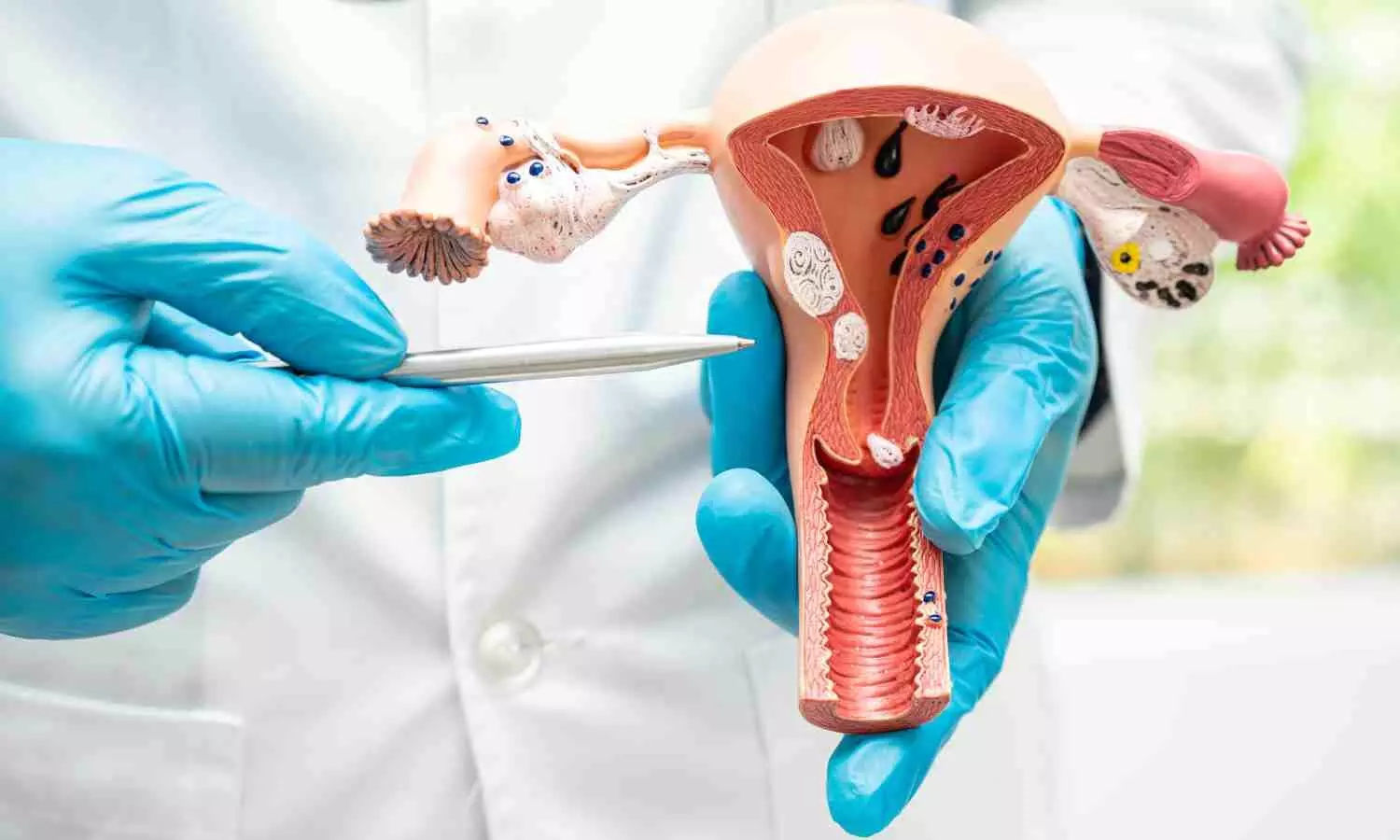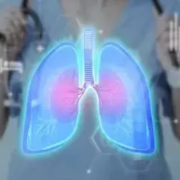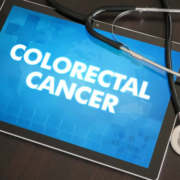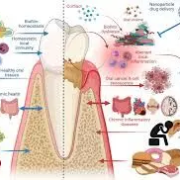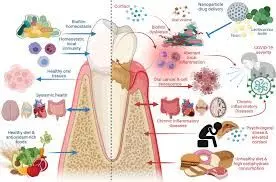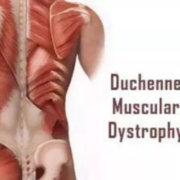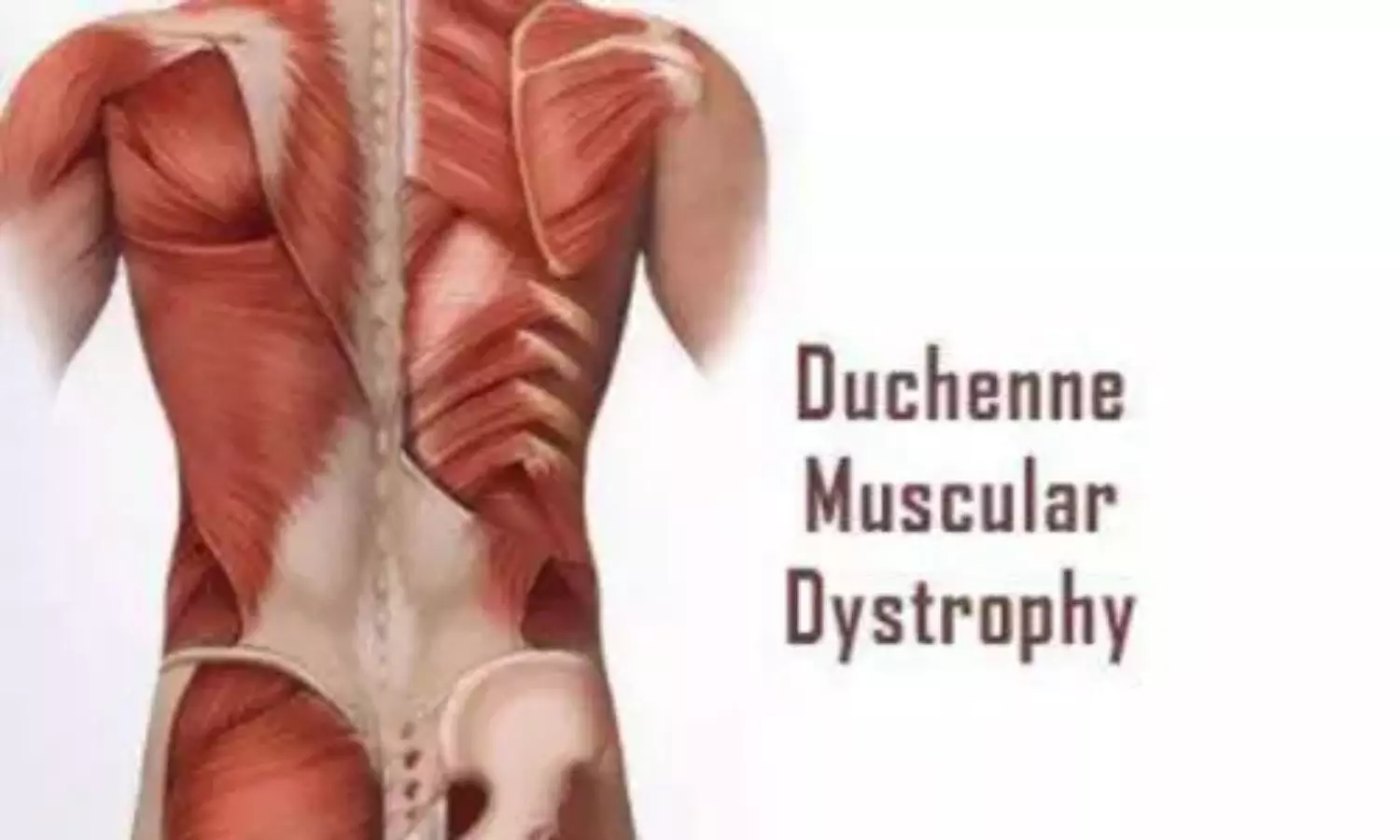Early administration of initial IM adrenaline dose may improve survival rates and neurological outcomes for OHCA patients: Study

The prompt administration of adrenaline is linked to better survival rates following out-of-hospital cardiac arrest (OHCA). However, delays in gaining vascular access can hinder the timely administration of adrenaline. Innovative approaches for delivering adrenaline prior to establishing vascular access might improve survival outcomes. Recent study evaluated the impact of administering an initial intramuscular (IM) adrenaline dose on survival outcomes in patients experiencing out-of-hospital cardiac arrest (OHCA). The objective was to compare the outcomes of patients who received IM adrenaline against those receiving standard intravenous (IV) or intraosseous (IO) adrenaline administration. The research was designed as a before-and-after implementation study, with the pre-intervention phase occurring from January 2010 to October 2019 and the post-intervention period spanning from November 2019 to May 2024, conducted in an urban single-center EMS agency.
Patient Demographics
The study included a total of 1,405 adult patients who underwent EMS treatment for non-traumatic OHCA. Out of these, 420 patients received IM adrenaline, while 985 patients received conventional IV/IO care. The IM group showed a younger demographic and a higher incidence of bystander CPR when compared to the standard care group. Notably, the median time from EMS arrival to the first adrenaline dose was significantly shorter in the IM group (4.3 minutes) compared to the IV/IO group (7.8 minutes), indicating faster intervention.
Major Outcomes
Key outcomes measured included survival rates to hospital admission, survival to hospital discharge, and favorable neurologic function at discharge assessed via the cerebral performance category (CPC) scale. The results indicated that IM adrenaline correlates with improved survival outcomes: the survival to hospital admission was 37.1% in the IM group compared to 31.6% in the standard care group (adjusted odds ratio [aOR] of 1.37), while survival to hospital discharge was 11.0% versus 7.0% (aOR 1.73). Furthermore, favorable neurologic function at discharge was observed in 9.8% of IM-treated patients compared to 6.2% of those receiving IV/IO adrenaline (aOR 1.72).
Conclusions and Future Directions
The study concludes that the early administration of an initial IM adrenaline dose, as a supplemental strategy to established advanced cardiac life support protocols, is associated with improved survival rates and neurological outcomes for OHCA patients. However, the authors emphasize the need for future randomized controlled trials to further validate these findings and to explore the potential benefits more comprehensively, particularly in relation to timing and appropriate dosing strategies of IM adrenaline. The implications of this research suggest a potential paradigm shift in the management of OHCA to enhance patient outcomes effectively.
Key Points
– The research was a before-and-after implementation study aiming to evaluate the effects of initial intramuscular (IM) adrenaline versus standard intravenous (IV) or intraosseous (IO) administration on survival outcomes in adults experiencing out-of-hospital cardiac arrest (OHCA). The pre-intervention phase was from January 2010 to October 2019, and the post-intervention phase lasted from November 2019 to May 2024 within a single urban EMS agency.
– A total of 1,405 adult patients treated for non-traumatic OHCA were included. Of these, 420 received IM adrenaline and 985 received conventional IV/IO treatment. The IM group was generally younger and had a higher rate of bystander CPR, and notably, the time from EMS arrival to the administration of adrenaline was significantly shorter for the IM group (4.3 minutes) than for the IV/IO group (7.8 minutes).
– The primary outcomes analyzed were survival rates to hospital admission, survival to hospital discharge, and favorable neurological function at discharge, assessed using the cerebral performance category (CPC) scale.
-Survival Rate Improvements: The study found that administering IM adrenaline was associated with improved survival rates: 37.1% of patients receiving IM adrenaline survived to hospital admission compared to 31.6% in the IV/IO cohort (adjusted odds ratio [aOR] of 1.37). Additionally, the IM group showed higher survival to hospital discharge rates (11.0% vs. 7.0%; aOR 1.73).
-Neurological Outcomes- The analysis indicated that favorable neurological function at discharge was more prevalent among IM adrenaline-treated patients (9.8%) compared to those receiving standard treatment (6.2%), with an aOR of 1.72 reflecting this improved outcome.
– Conclusions and Future Research Directions: The study concludes that early initial administration of IM adrenaline as an adjunct to established advanced cardiac life support protocols enhances survival and neurological outcomes in OHCA patients. The authors call for future randomized controlled trials to confirm these findings and investigate optimal timing and dosing strategies for IM adrenaline to further improve patient care.
Reference –
H. Palatinus et al. (2024). Early Intramuscular Adrenaline Administration Is Associated With Improved Survival From Out-Of-Hospital Cardiac Arrest.. *Resuscitation*, 110266 . https://doi.org/10.1016/j.resuscitation.2024.110266.
Powered by WPeMatico



